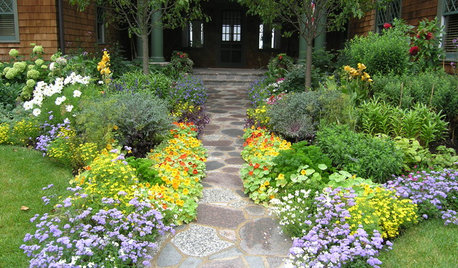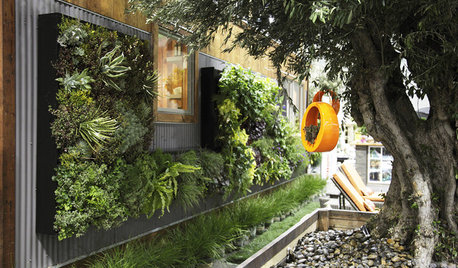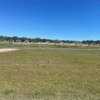Please help me with the bane of my landscape
zaphod42
12 years ago
Related Stories

GARDENING GUIDESPathway Plantings That Please the Senses
Add some color, life and intrigue beside your sidewalk with these 7 suggestions
Full Story
HOME OFFICESQuiet, Please! How to Cut Noise Pollution at Home
Leaf blowers, trucks or noisy neighbors driving you berserk? These sound-reduction strategies can help you hush things up
Full Story
GARDENING GUIDESGreat Design Plant: Silphium Perfoliatum Pleases Wildlife
Cup plant provides structure, cover, food and water to help attract and sustain wildlife in the eastern North American garden
Full Story
GARDENING GUIDESGreat Design Plant: Ceanothus Pleases With Nectar and Fragrant Blooms
West Coast natives: The blue flowers of drought-tolerant ceanothus draw the eye and help support local wildlife too
Full Story
PETS6 Ways to Help Your Dog and Landscape Play Nicely Together
Keep your prized plantings intact and your dog happy too, with this wisdom from an expert gardener and dog guardian
Full Story
STANDARD MEASUREMENTSThe Right Dimensions for Your Porch
Depth, width, proportion and detailing all contribute to the comfort and functionality of this transitional space
Full Story
WINTER GARDENINGHow to Help Your Trees Weather a Storm
Seeing trees safely through winter storms means choosing the right species, siting them carefully and paying attention during the tempests
Full Story
GARDENING AND LANDSCAPINGPorch Life: Banish the Bugs
Don't let insects be the bane of your sweet tea and swing time. These screening and product ideas will help keep bugs at bay on the porch
Full Story
HOUSEPLANTSMother-in-Law's Tongue: Surprisingly Easy to Please
This low-maintenance, high-impact houseplant fits in with any design and can clear the air, too
Full StorySponsored
Franklin County's Custom Kitchen & Bath Designs for Everyday Living
More Discussions











Mike Larkin
inkognito
Related Professionals
Arnold Landscape Architects & Landscape Designers · Flagstaff Landscape Contractors · Fountain Valley Landscape Contractors · Muttontown Landscape Contractors · Oxnard Landscape Contractors · Palos Verdes Estates Landscape Contractors · Rosemount Landscape Contractors · Salem Landscape Contractors · Santa Maria Landscape Contractors · South Hackensack Landscape Contractors · Ansonia Landscape Contractors · Beavercreek Decks, Patios & Outdoor Enclosures · Fishers Decks, Patios & Outdoor Enclosures · Redmond Decks, Patios & Outdoor Enclosures · Long Branch Swimming Pool Buildersdesignoline6
inkognito
karinl
zaphod42Original Author
missingtheobvious
zaphod42Original Author
missingtheobvious
adriennemb2
timbu
woodyoak zone 5 southern Ont., Canada
zaphod42Original Author
Embothrium
karinl
drtygrl
strumhead
Mike Larkin